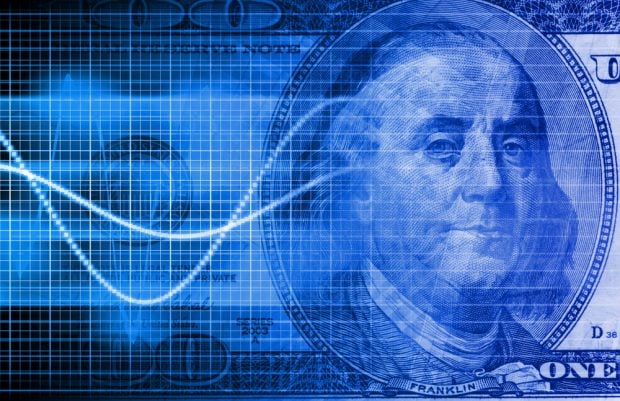 Credit/Shutterstock
Credit/Shutterstock
Friday's jobs report showed improvement for the second month in a row, which a credit union economist said is further evidence that inflation will be tamed without a recession.
An economist for the Mortgage Bankers Association agreed a 'soft landing' is more likely, but said the size of the improvements also might convince the Fed to slow its pace of rate cuts.
Recommended For You
The U.S. Bureau of Labor Statistics reported that the seasonally adjusted unemployment rate was 4.1% in September, down from 4.2 in August and 4.3% in July. Non-farm jobs increased by a seasonally adjusted 254,000 from August to September — well above the 12-month average.
The gain was also much higher than the previous two months, even after upward revisions. Gains were 159,000 in August (revised upward by 17,000) and 144,000 in July (revised up by 55,000).
Dawit Kebede, senior economist for America's Credit Unions, said job gains over the past two months were spread across several industries.
"Employers accelerated hiring in September, surpassing consensus expectations and easing concerns about weakness in the labor market after the summer slowdown," Kebede said.
 Dawit Kebede
Dawit Kebede "This report strengthens the likelihood of a soft landing for the economy as the Federal Reserve begins loosening monetary policy and inflation trends toward its target," he said.
MBA Chief Economist Mike Fratantoni said the drops in unemployment, gains in jobs, and upward revisions for July and August showed a job market that was stronger than expected. He also noted wage growth "re-accelerated" to 4%.
"All of these signs point toward a successful 'soft landing,' but also stoke worries that inflation may not move in a straight line to the Fed's 2% target," Fratantoni said. "This report could certainly slow the expected pace of rate cuts."
 Mike Fratantoni
Mike Fratantoni The Federal Open Market Committee cut the federal funds rate by 50 basis points to 4.8% Sept. 18. Most members said then that they expected the rate to fall to 4.4% by year's end and 3.4% by the end of 2025. Their last meetings of the year are Nov. 6-7 and Dec. 17-18.
A Sept. 23 report from the Kroll Bonding Rating Agency (KBRA) said the Fed's expected path of lowering rates would likely benefit credit unions over the next year as net interest margins widen.
© Touchpoint Markets, All Rights Reserved. Request academic re-use from www.copyright.com. All other uses, submit a request to [email protected]. For more inforrmation visit Asset & Logo Licensing.







